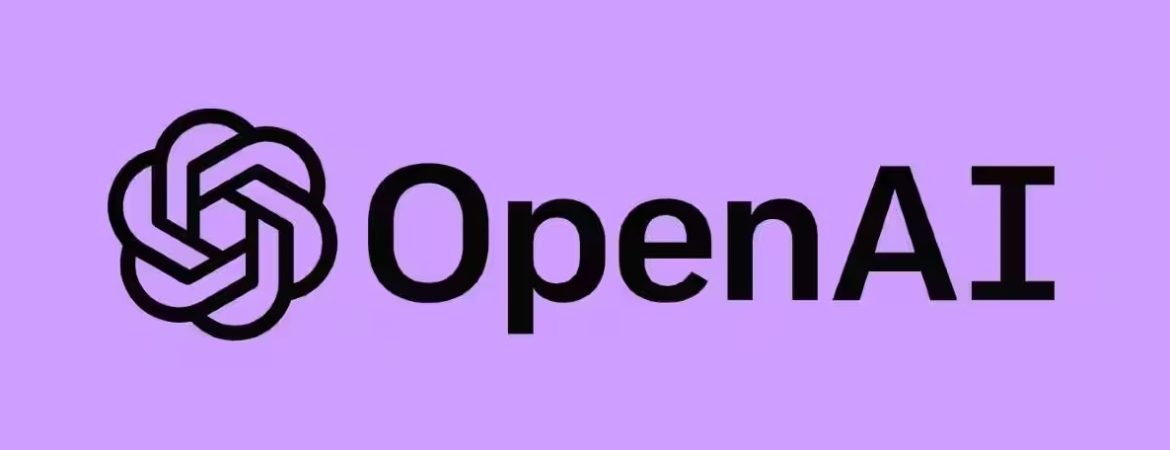How AI Can Contribute To The Future of Content Moderation?
The digital age has brought forth an influx of online content, some of which is harmful or inappropriate. Content moderation, though crucial, remains a mammoth task for tech giants. OpenAI, the creator of ChatGPT, proposes a groundbreaking solution: using AI to streamline and enhance the moderation process. The Challenge of Content Moderation In today’s interconnected world, ensuring that digital platforms remain safe and free from harmful content is imperative. For companies like Meta, the daunting task of sifting through vast amounts of content requires the collaboration of thousands of moderators globally. These moderators are on a constant lookout for disturbing content, such as child pornography or extremely violent imagery. Yet, the sheer volume of content and the tedious nature of the task can result in inefficiencies and put a significant mental toll on human moderators. OpenAI’s Solution: The Role of GPT-4 in Moderation While there’s been substantial investment and anticipation surrounding generative AI from tech leaders like Microsoft and Alphabet, monetization remains elusive. OpenAI, backed by Microsoft, suggests a compelling application for this technology: content moderation. Their latest model, GPT-4, showcases how AI can not only expedite the moderation process but also ensure greater consistency in labeling. With the potential to reduce the policy development and customization time from months to mere hours, OpenAI envisions a future where AI takes the helm, alleviating the burdens traditionally placed on human moderators. Ensuring Ethical AI Deployment Trust and transparency are paramount when deploying AI in such critical applications. In light of this, OpenAI’s CEO, Sam Altman, recently emphasized that the company refrains from training its AI models on user-generated data. Such practices ensure the protection of user privacy and align with ethical AI usage principles. The Broader Implications Beyond the obvious benefits of efficiency and speed, integrating AI into the content moderation process promises a safer digital landscape. As technology evolves, ensuring that AI systems are both efficient and ethical will be paramount. OpenAI’s advances hint at the monumental shifts on the horizon for content moderation, potentially transforming it from a painstaking manual process to a seamless, AI-driven endeavor. In Conclusion The vast world of digital content demands rigorous moderation to keep users safe. With the integration of sophisticated AI models like GPT-4, OpenAI offers a glimpse into the future – where content moderation is faster, more consistent, and less mentally taxing on human moderators. As we venture further into this digital age, it’s innovations like these that promise to redefine the way we interact with and regulate our digital landscapes.








